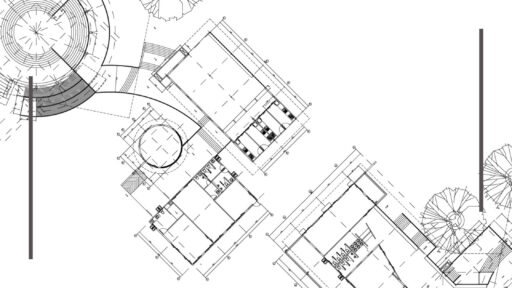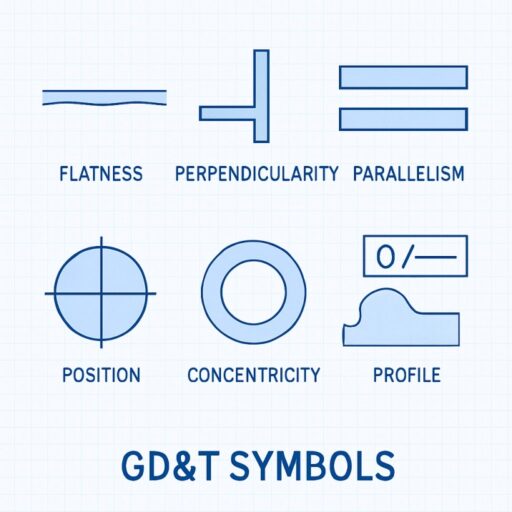STAAD.Pro is an undisputed king in the field of civil and structural engineering. This software comes with powerful tools for the design and analysis of all types of civil structures – from buildings to bridges. It is widely used for automated load generation; Finite Element Analysis (FEA); advanced design and optimization of structural components (example: beams, columns, and trusses), and dynamic and seismic analysis. Given its popularity, it has become absolutely important for civil and structural engineers to learn the software.
Thanks to its user-friendly and intuitive interface, STAAD.Pro is relatively easy to learn. Depending on one’s goals, and learning style, the software can be learned even in a matter of weeks. However, having a solid grasp of the underlying principles and theories of structural analysis and design can greatly help in mastering the software’s features and capabilities. Besides, a good understanding of mathematics always helps.
STAAD.Pro Training and Learning Outcomes
Students and professionals keen to pursue a STAAD.Pro courses should aim to have specific learning outcomes. The most common outcomes are the ability to:
Create 3D models of structures:
STAAD.Pro training can equip students to use STAAD.Pro and create accurate 3D models of structures, including buildings, bridges, and other types of structures.
Analyze and design structures:
Students can learn how to use STAAD.Pro to analyze and design structures of different types and sizes.
Master STAAD.Pro features:
Another key outcome of a STAAD.Pro course is the familiarity of students with the different features and capabilities of the software. They include modeling tools, analysis tools, and design optimization tools.
However, most STAAD.Pro training programs will also impart a good understanding of the principles of structural analysis. Students can also look forward to learning the principles and theories behind structural analysis, including load generation, boundary conditions, and FEA – besides, the knowledge of relevant design codes and standards in structural engineering and design.
STAAD.Pro Courses and Hands-on Projects
The way STAAD.Pro is taught can make a big difference to students. Providing hands-on experience with real-world projects is undoubtedly the most effective way to learn any software, STAAD.Pro is not an exception. When students learn the use of the software in solving real-world structural engineering and design problems, they will be able to appreciate the tools much better.
The projects of STAAD.Pro courses can help students understand various features of STAAD.Pro, such as modeling techniques, load calculations, material selection, and design optimization. The projects could be about: the design of a foundation for a new building or an equipment support structure; the analysis and design of simple structures like two-story residential buildings or a bridge; the analysis and design of complex structures like skyscrapers or stadiums; retrofitting of existing buildings to withstand natural disasters like earthquakes or hurricanes and analysis of structures for dynamic loads like wind or earthquake forces.
Where do you learn matters?
The comprehensiveness of the curriculum and the quality of the trainers are two key factors that can greatly determine learning outcomes. The syllabus should cover both the theoretical concepts and practical applications of STAAD.Pro. Though there is no standard set of topics, as they change from course to course, some of the most common ones include an introduction to STAAD.Pro software and its capabilities; creating and modifying 3D models of structures; defining loads and load combinations for analysis; analysis of structures for gravity, wind, seismic and other loads; design of steel, concrete, and timber structures as per relevant design codes and standards; interpretation of analysis and design results and their visualization; dynamic analysis and earthquake engineering; analysis and design of foundations; optimisation and automation of design tasks, and integration of STAAD.Pro with other design software tools and platforms.
Equally important are the credentials of the trainer. Among the credentials that a STAAD.Pro trainers may have a degree in civil or structural engineering or a related field. This is important for them to demonstrate their technical expertise and understanding of engineering principles. Ideally, they should have worked on real-world projects using the software, which would enable them to provide practical insights and guidance to students.
The trainer should have experience teaching STAAD.Pro or other engineering software tools to students. They should have the ability to explain complex concepts in a simple and understandable way, provide hands-on training, and address the questions and concerns of students effectively. The trainer should also possess excellent communication and interpersonal skills to create a positive and engaging learning environment.
As STAAD.Pro is here to stay, civil and structural engineering students do not have to think twice before enrolling themselves in a training program. The right type of training and project-based learning can go a long way in helping students master the software and become experts in solving real-world structural engineering and design problems.
FAQs
What is STAAD.Pro and who uses it?
STAAD.Pro is a structural analysis and design software used by civil and structural engineers for designing buildings, bridges, towers, and other infrastructure.
Which STAAD.Pro course is best for beginners?
Courses that offer a blend of fundamentals, hands-on projects, and theory, such as those by reputed training centres like CADD Centre, are ideal for beginners.
What are the job opportunities after learning STAAD.Pro?
You can work as a Structural Design Engineer, Civil Engineer, Structural Consultant, or Infrastructure Analyst in construction firms, consultancies, or government agencies.
What are the best STAAD.Pro training institutes in India?
Leading institutes like CADD Centre offer STAAD.Pro training with certified trainers, real-time projects, and placement assistance across various locations in India.





